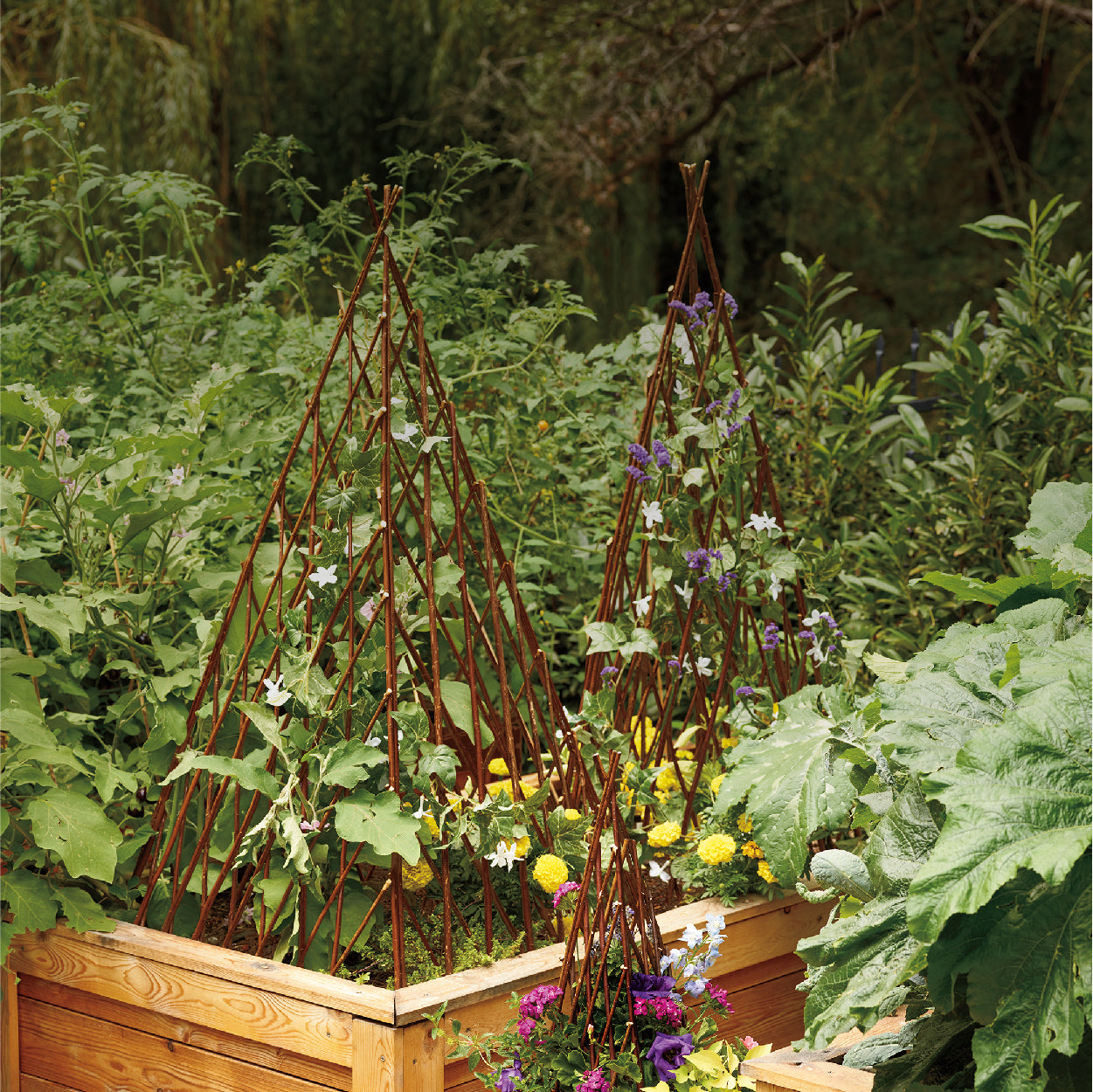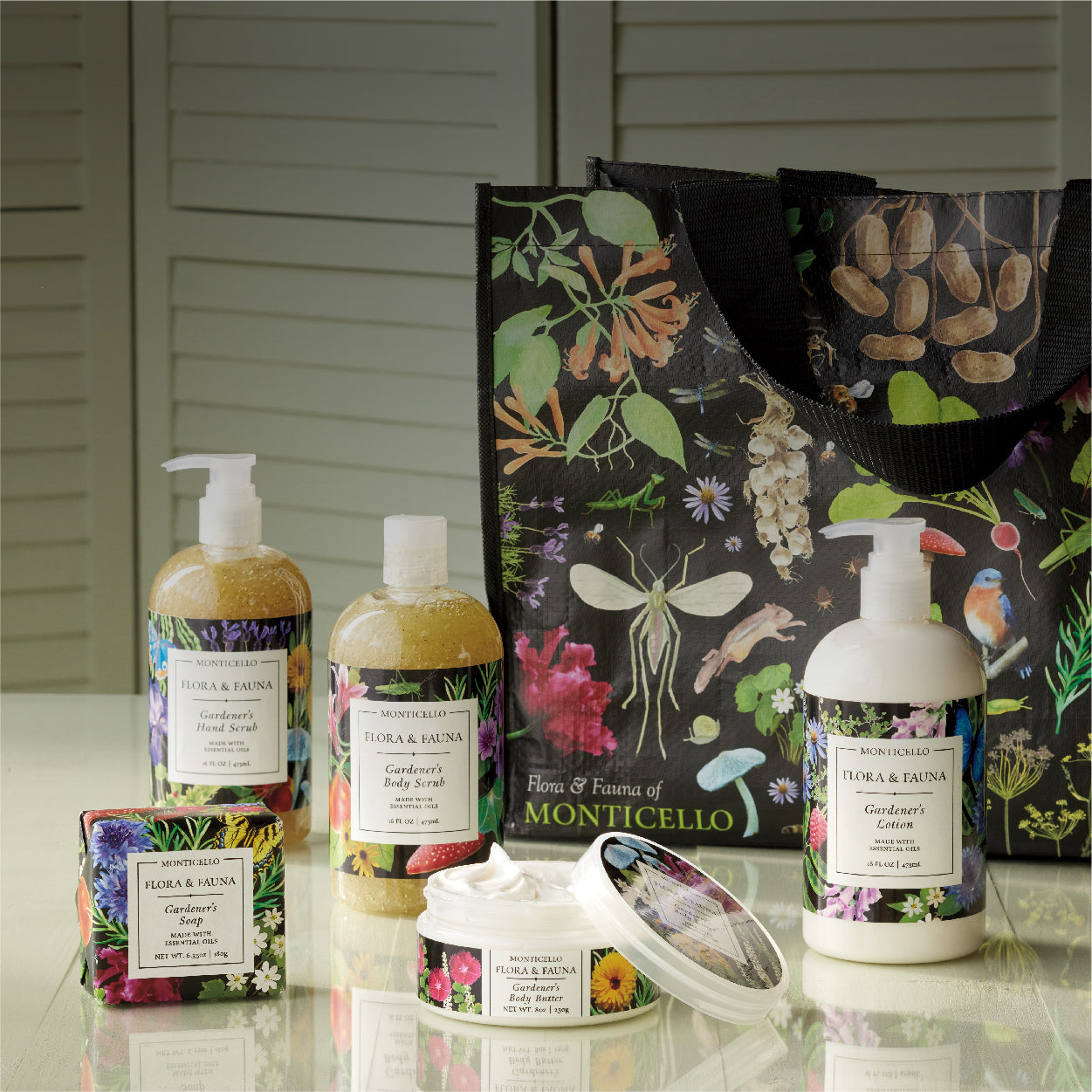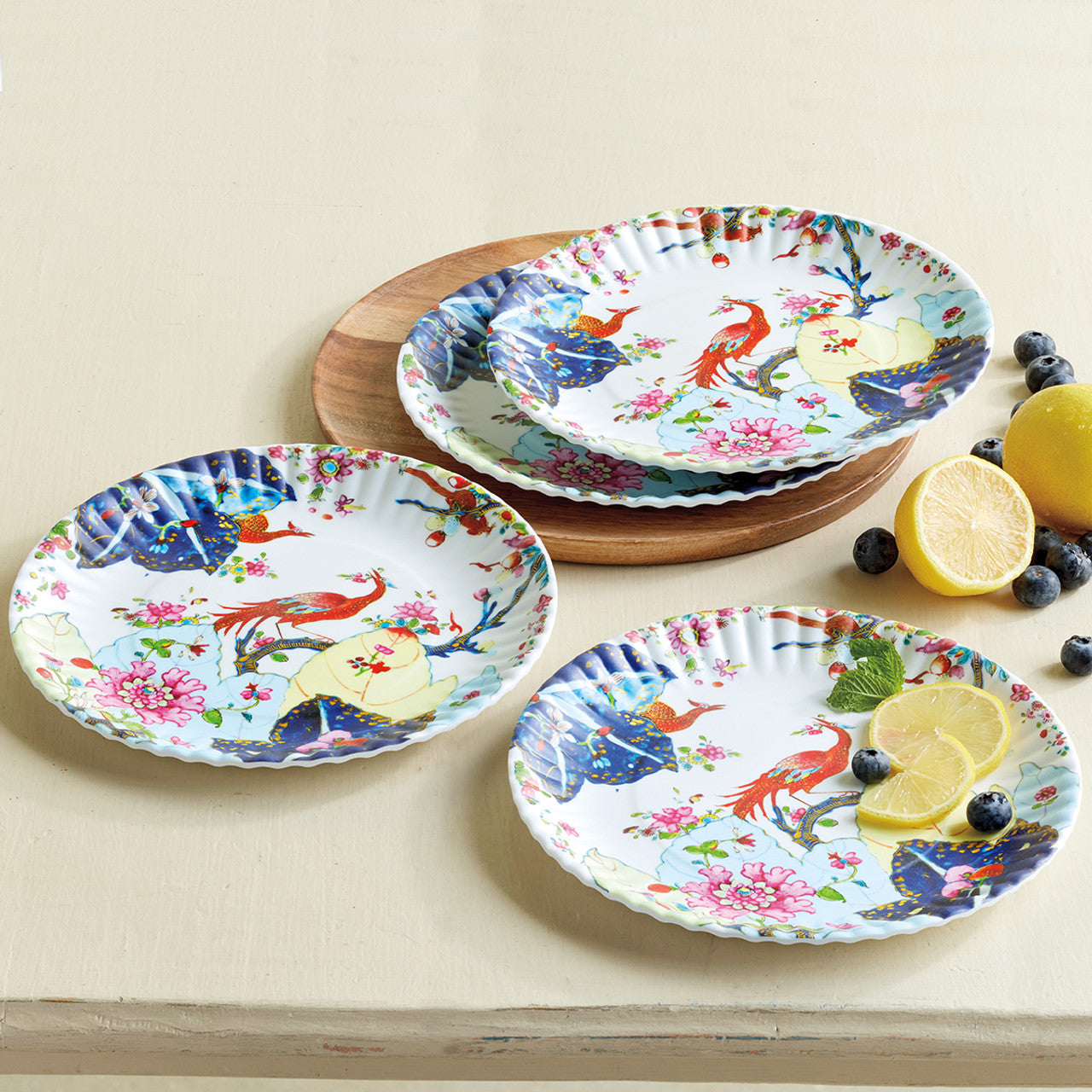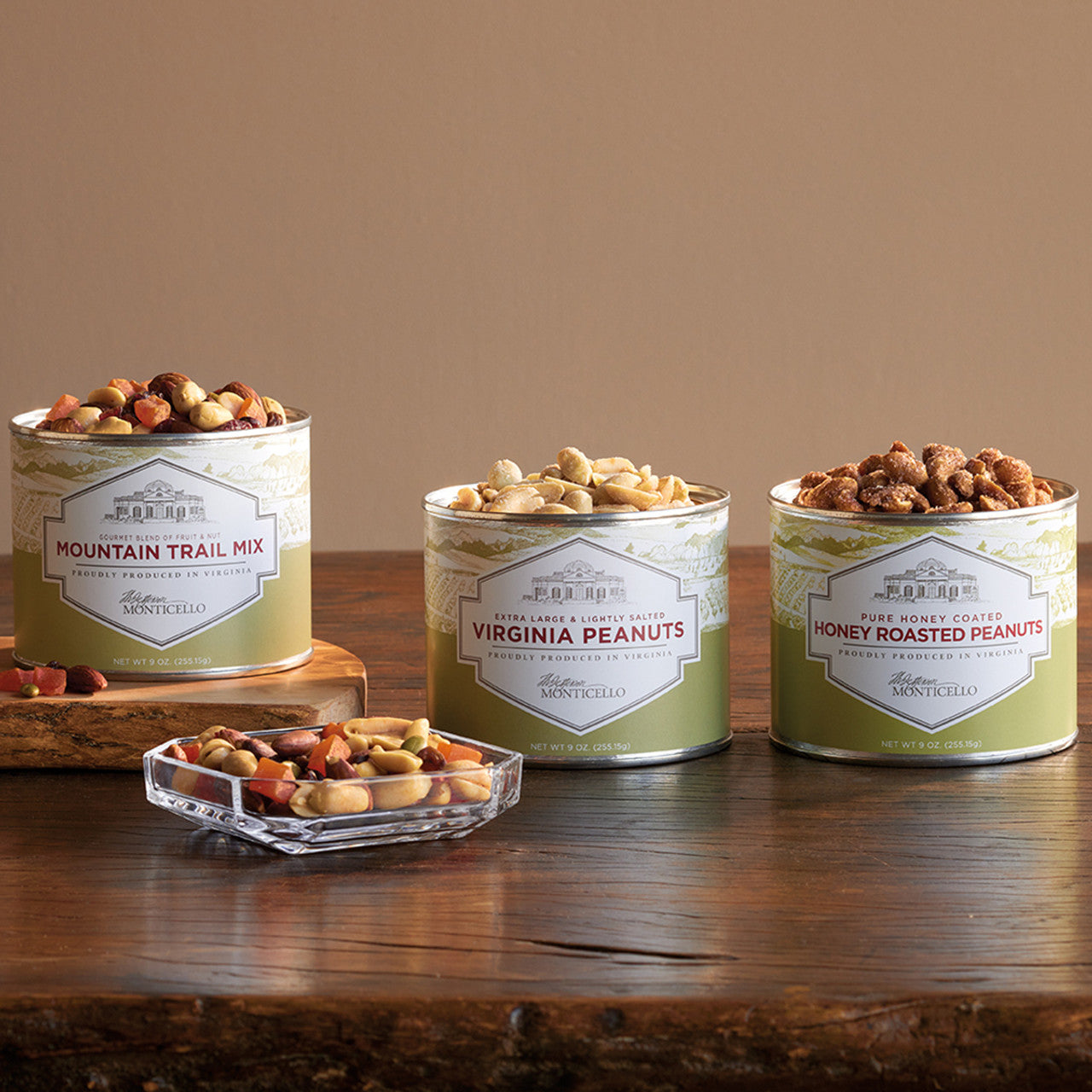Large, deciduous North American tree
Description: Fine-textured, bluish-green leaves and grayish to dark brown bark with unique, deeply grooved bark pattern; female trees bear large, reddish brown, leathery seed pods, which hang on the tree through the winter
Habit: Slow-growing tree reaching 60-70 feet high and 40-50 feet wide
Culture: Prefers deep, rich, moist soil and full sun, but is adaptable to a wide range of conditions
Hardiness: USDA Zones 3 to 8
Origin: North America
Native to eastern North America, the Kentucky Coffeetree was introduced into cultivation before 1748. Early settlers to Kentucky used the unusual seeds as a substitute for coffee, hence its common name. In his Garden Book, Thomas Jefferson lists “Kentuckey coffee” in his “objects for the garden” for 1794, and in 1810 he planted “Kentucky locust” seeds in the new nursery. Today a large specimen stands along Mulberry Row above the Monticello Kitchen Garden.
This species is dioecious, meaning a male and a female plant are both required for pollination and fruit set. Our plants are unsexed due to their immaturity; we recommend purchasing more than one plant to increase the likelihood of fruit production, including berries and seeds.
This plant will ship bare root. Two year seedling is approximately 2’ tall.
Bare root planting tips:
~ If you can't plant immediately, store your plant in a cool location and keep the roots moist or pot in a container with a nursery potting mix from your local garden center.
~ Before planting, let the roots soak for several hours as you prepare the site. You'll want to dig a large enough hole so the root mass can spread out and the plant is at the same soil level as when it was growing in the nursery.
~ Once planted, water it in well and wait a month before fertilizing. Mulching will help to maintain moisture and raise soil temperatures for faster growth.
Details
| Genus | Gymnocladus |
|---|---|
| Species | dioica |













